Five years ago, a couple with two young children in Dong Nai fell into a marital crisis that seemed beyond saving. But after moving into a house designed by architect Nguyen Kava, their relationship gradually improved and the family atmosphere became warmer.
That story further strengthened his belief in the philosophy that living space can heal. VietNamNet had a conversation with Nguyen Kava - an architect born in 1984, in a small office in Ho Chi Minh City. He shared things that at first hearing, everyone found strange and unreasonable.
'Stuffing' nature into concrete blocks
- How do you design a healing house?
Architect Nguyen Kava: I apply the philosophy of egolessness to architecture. Egolessness means that no ego is allowed to be imposed on the design. It took me 3 years of listening and reading Buddhist scriptures to become enlightened about architecture and decided to follow this philosophy.
It is understandable that both the homeowner and the architect have their own egos and self-interests. The conflict of architectural and aesthetic views between the two sides will make this very creative job tiring. The frustration can easily make the architect quit the profession.
In fact, many of my friends have switched to construction or real estate brokerage because they cannot stand the pressure and have difficulty facing the ego of their clients. Or, they choose to obey and do exactly as the homeowner wants to complete the design drawing.
Architect Nguyen Kava. Photo: NVCC
When I realized the above contradiction, I decided to give up my ego and put architecture first. Architectural solutions must be in line with the times, not using my own ego to introduce to customers. Design ideas must be based on the needs of the residents. A building with aesthetic value and reasonable functionality will speak for itself to convince the homeowner.
Thus, when the value of architecture is placed above other egos, the working process becomes easier. The egoless philosophy also makes each project interesting in its own way. No house stands out as the best.
In addition, I also need to say that I observe the contemporary social context and see too much stress. Work pressure, narrowing public spaces, air pollution and noise. All of these factors make people forget that relaxation in the house is necessary. Many people feel stuffy when they come home, so they go to a coffee shop or a bar to meet friends to relax. Thus, the house has not fulfilled its role as an architectural work.
A house is not just a place to sleep, a place to shelter from the rain and sun. The house also has the task of relieving stress, restoring health and becoming a place to connect family members. Therefore, I prioritize bringing light, space and greenery into the house to help people reduce the feeling of claustrophobia and stress inherent in life.
Apron Mother's House (Dong Nai). Photo: NVCC
- Even though you put architecture first, you still have to protect your design ideas to the homeowner?
That’s for sure. During the construction process, 101 things can happen. The house is halfway built and the neighbors come over to give their opinions, the homeowner is moved and wants to fix it; the construction unit is reluctant to handle difficult details; or the interior design unit always wants to increase the cost by creating more objects.
However, the architect must defend his own views, then find solutions to handle problems and always remember that the value of the house must be placed at the highest level.
The project in Dong Nai is an example. The interior contractor added a hanging kitchen cabinet for the family, but it was not in my design. That presence ruined the aesthetics of the space. I had to spend a whole week just to convince the homeowner to take down the kitchen cabinet. But taking down the cabinet and throwing it away would be a waste. At that time, I thought of adding 2 pairs of legs, creating a tab on the side of the kitchen that was still reasonable. Finally, the homeowner accepted that solution.
To do the above, as soon as I receive the design proposal, I ask the client very carefully whether they understand architecture. I design houses based on the real needs of the homeowner, not following trends. Creativity is what architects are trained and must practice. Therefore, the project needs to find inspiration from many different sources, from the homeowner for example. Each homeowner has their own beauty and interest. That requires the architect to be open to learn, listen, and observe them carefully.
A house in Phu Yen (old). Photo: NVCC
The famous architect Frank Lloyd Wright once spent a month staying with the homeowner or asked to enter the house and live with the homeowner for a few days to understand the living habits in order to design properly. The architect must know how the homeowner walks, stands, sits, and lies down, understand their daily biological cycle, and cannot apply his own standards to the design. For example, if there is someone in the house who has difficulty moving, the height of the stairs must be reduced, and the distance between steps must also be adjusted.
Even many homeowners do not dare to say they are out of money, but we must know that. If they have to borrow money to finish the house, it is too bad. In that situation, the architect should choose other materials, cheaper but still beautiful to replace. Or instead of drawing 10 strokes to finish, the architect should try to draw down to 5 strokes, even 3 strokes but still beautiful, to save money for the homeowner. Less strokes will reduce labor, less printing paper, less resources needed to use.
Besides the above factors, even the legal regulations of the land plot and the setbacks can also be turned into opportunities to help architects develop ideas.
Choose to live an ascetic life
- Are you too picky when choosing a project design?
I am not picky. I am meticulous. That is why I only allow the office to take on less than 10 projects per year so that I have time to feel the space and enjoy each project. If I take on more projects and expand the office, it means my main job is to meet clients and sign contracts. This is a management job, not an architect's job.
Light, wind and green space always appear in Nguyen Kava's designs. Photo: NVCC
In terms of working style, I am different from others because I do not want to socialize much. When I started my business, I stopped all relationships and did not attend parties. I do not care about what people say because I build my career development according to the rules.
Success in business is not based on relationships. People are so anxious that they lose relationships, which makes them unable to ask for help later. But I don't need those kinds of relationships. If I can provide a service, customers will come to me.
I also realized that when I enjoy too much, I cannot create well. No one who is flashy and likes to eat and drink can work in this field. The profession of an architect must be hard, and only through hard times can one create. It is during difficult times that people can be most creative. Therefore, I try to maintain that lifestyle, sometimes a bit ascetic.
- When you actively do less projects, don't you want to earn more money?
Happiness doesn't mean money. Wouldn't it be better to do something that heals your emotions?
When I was young, seeing my family members working hard, I just wanted to grow up and earn a lot of money to escape poverty. But when I went to work and met many rich people, even extremely rich people, I saw that they were not happy. They still had to work hard and often argued. Even though they looked clean and less miserable, they still suffered like people in the countryside. Therefore, earning money to reduce suffering in life was not my path. Earning enough money to live from work, not depending on money, was enough for me.
To find a way to live purely with my profession, over the past 10 years, I have applied the philosophy of selflessness to design. When I reach the end of selflessness, I will reach a stage where I only want to do 1-2 projects per year, I need to spend time passing on my experience to the younger generation of architects. When I stop being an architect, I may become a Zen master.
Source: https://vietnamnet.vn/ga-lap-di-trong-the-gioi-kien-truc-tao-ra-nhung-ngoi-nha-chua-lanh-2418537.html



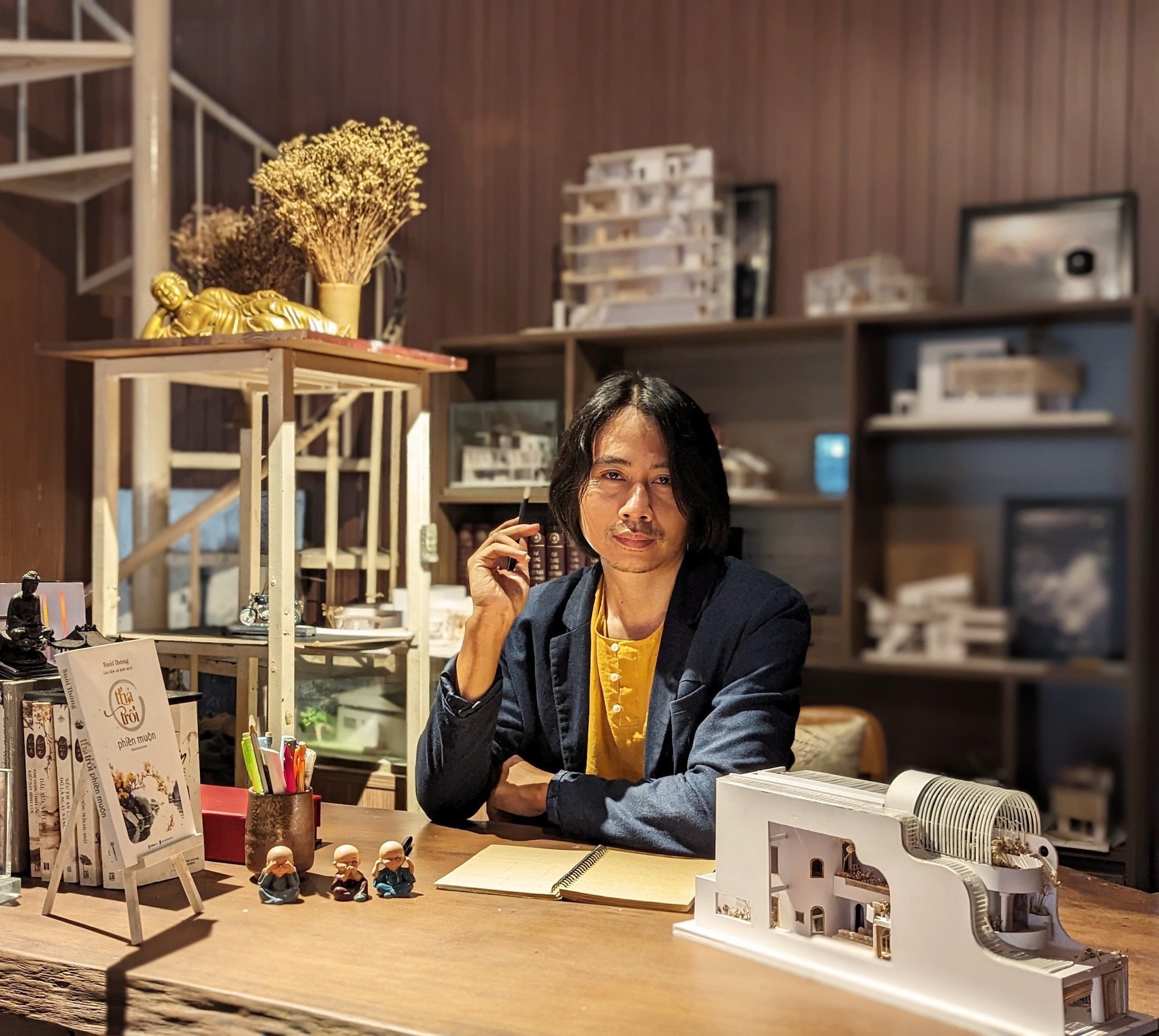
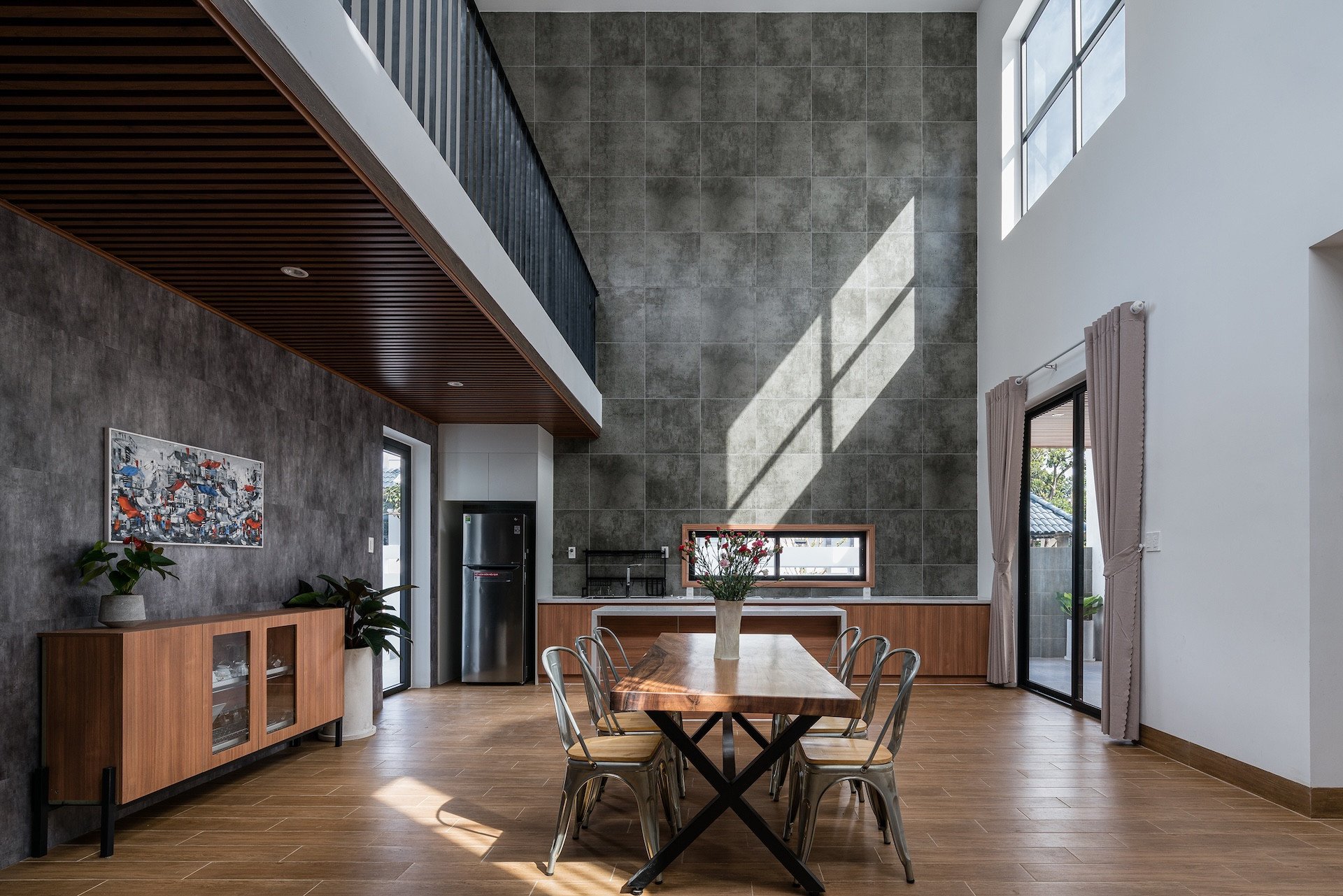
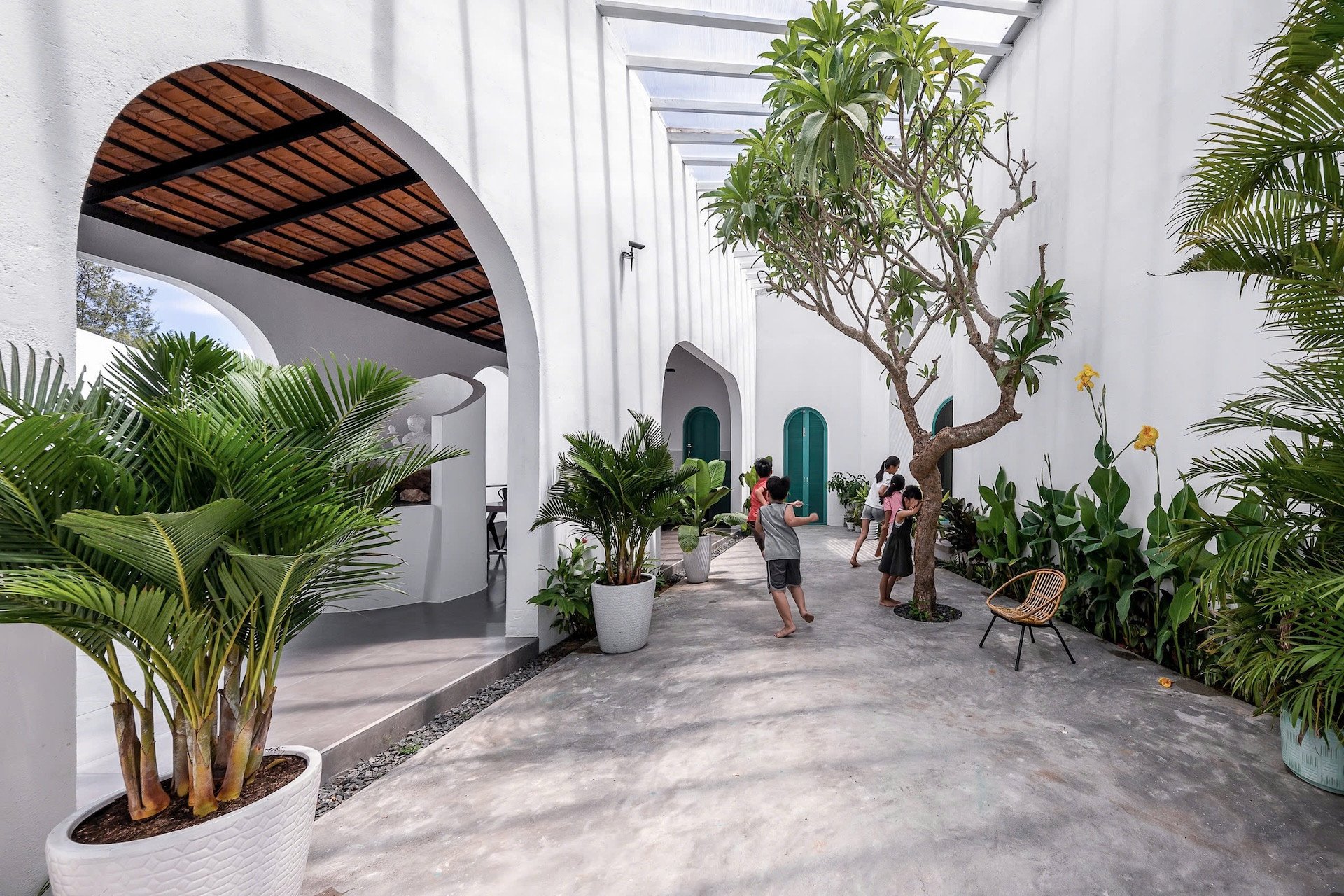
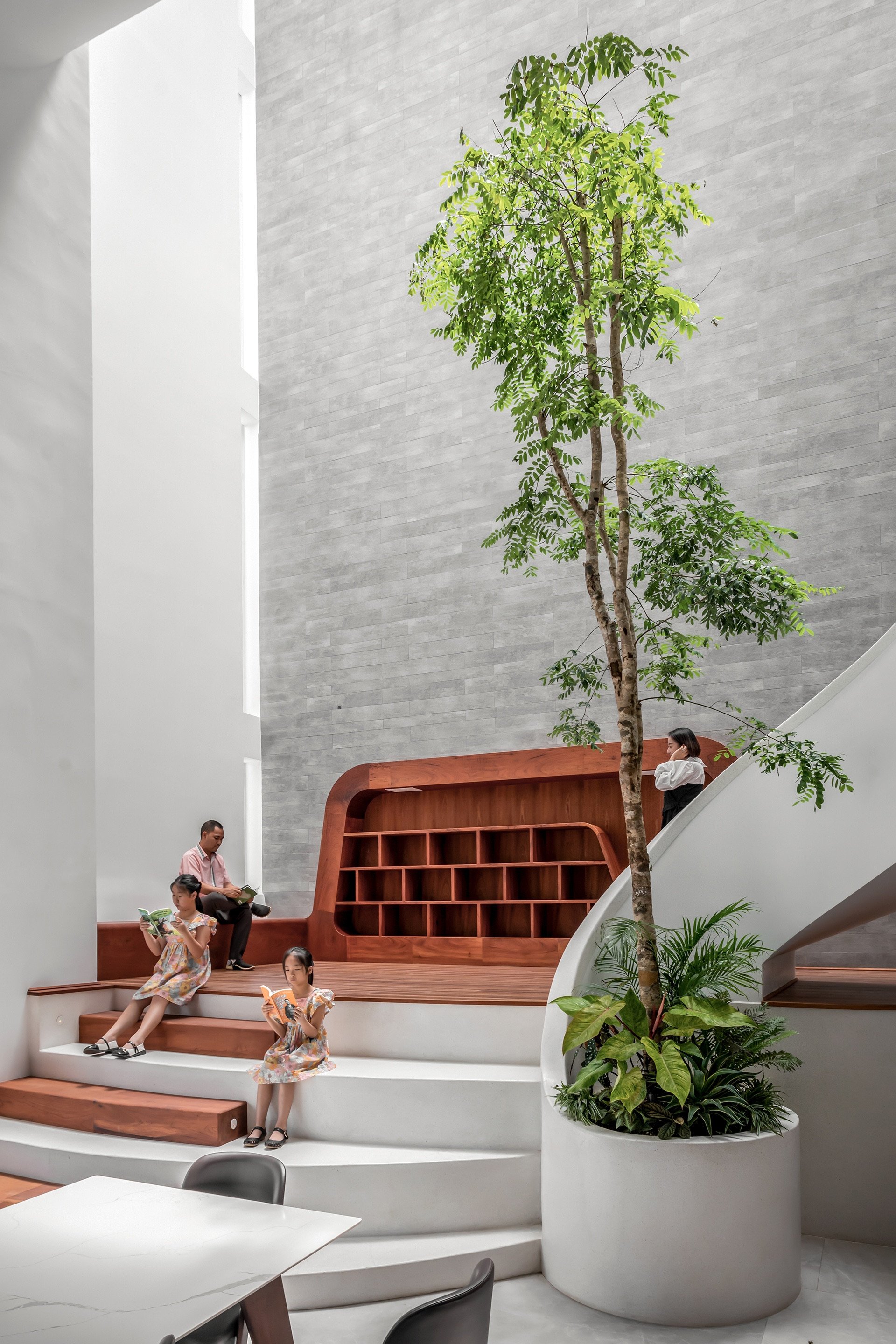
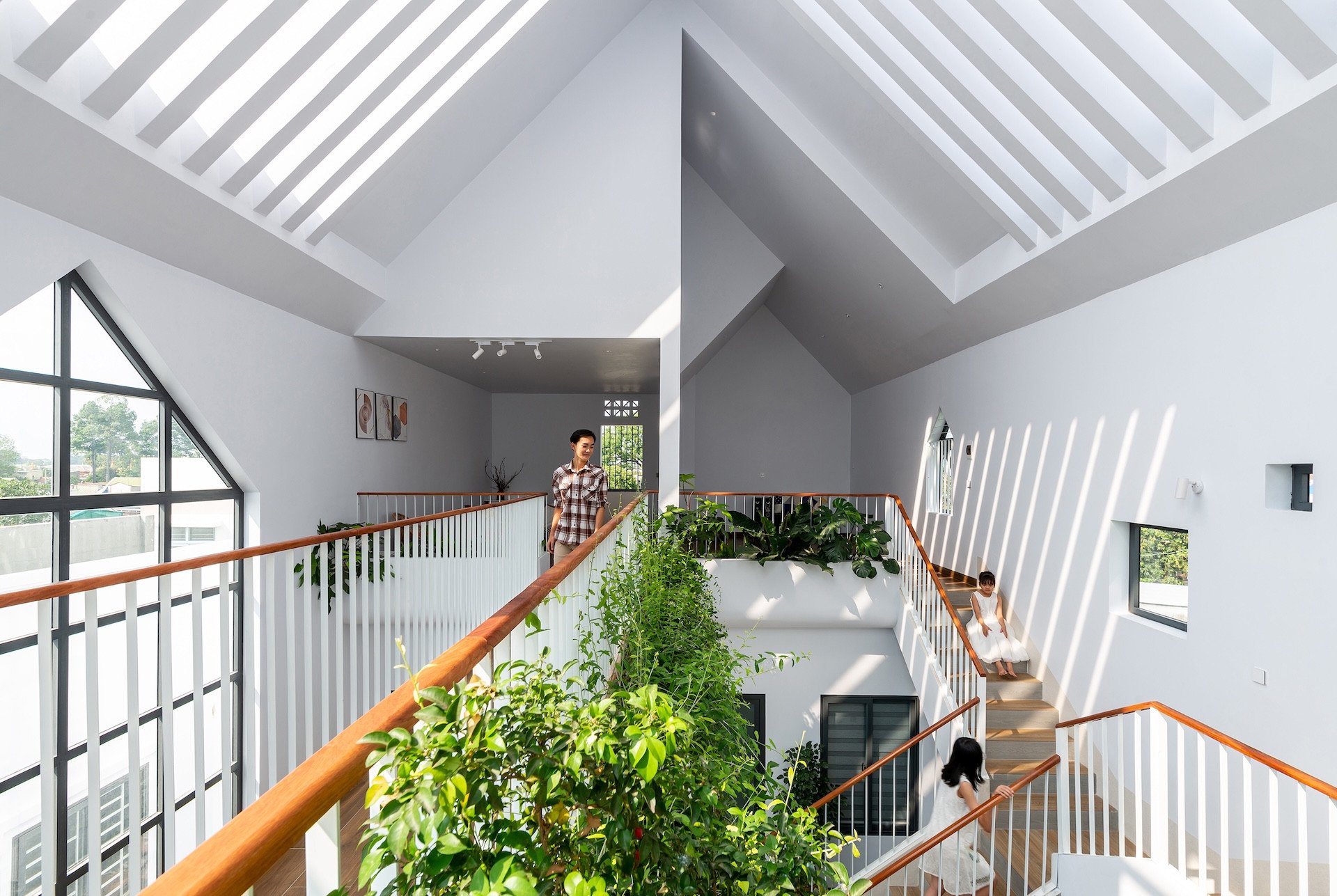

![[Photo] General Secretary To Lam chairs the Politburo's working session with the Standing Committee of the National Assembly Party Committee](https://vphoto.vietnam.vn/thumb/1200x675/vietnam/resource/IMAGE/2025/9/11/e2033912ce7a4251baba705afb4d413c)

![[Ảnh] Chủ tịch nước Lương Cường tiếp Bộ trưởng Quốc phòng Thổ Nhĩ Kỳ Yasar Guler](https://vphoto.vietnam.vn/thumb/1200x675/vietnam/resource/IMAGE/2025/9/11/7f1882ca40ac40118f3c417c802a80da)




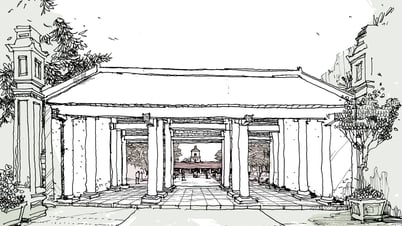





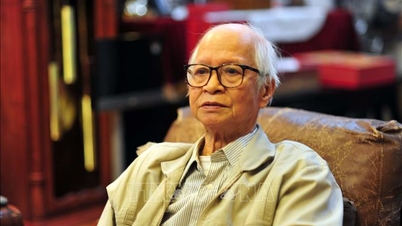

















































































Comment (0)